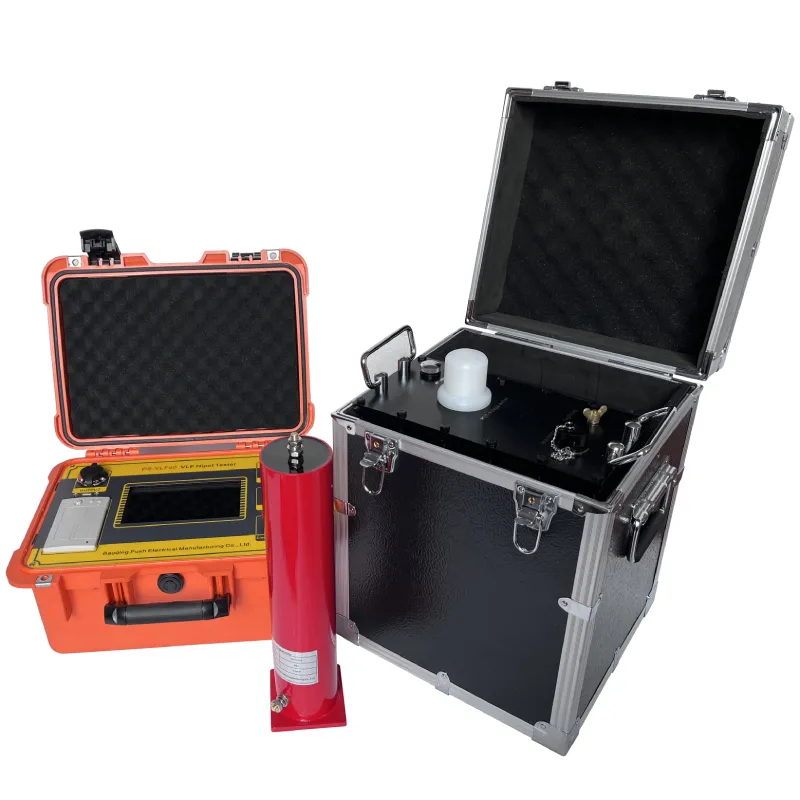 English
English


hipot testing high voltage cables
Hipot Testing for High Voltage Cables
High voltage cables are critical components in various electrical systems, including power generation, transmission, and distribution networks. Ensuring the reliability and safety of these cables is paramount, which is where Hipot testing comes into play. The term Hipot stands for High Potential, and the test is designed to assess the insulation integrity of electrical devices and cable systems.
Hipot testing involves applying a high voltage to the cable's insulation to ensure it can withstand operating voltage levels without breaking down. This method helps identify any weak points in the insulation that could lead to potential failures under normal operating conditions. The process typically involves the use of a Hipot tester, which applies a specified voltage, often significantly higher than the regular operating voltage, for a predetermined duration.
Importance of Hipot Testing
The importance of Hipot testing cannot be overstated. It serves as a preventive measure to detect insulation failures before they lead to serious equipment damage or hazards. High voltage cables are often installed in challenging environments where exposure to moisture, chemicals, and physical abrasion can compromise their integrity. Testing ensures that any vulnerabilities in the insulation are identified and addressed before the cables are put into service.
Additionally, regulatory standards and industry best practices often mandate Hipot testing as part of the installation and maintenance procedures for high voltage systems. Compliance with these standards not only enhances safety but also prolongs the lifespan of the equipment. By performing regular Hipot tests, operators can ensure that their high voltage systems remain reliable and efficient, thus minimizing downtime and maintenance costs.
The Testing Procedure
The Hipot testing procedure generally involves several critical steps
hipot testing high voltage cables

1. Preparation The cables are first visually inspected for any visible signs of wear, damage, or contamination. Any issues identified during this phase should be addressed before proceeding.
2. Setting Up The Hipot tester is positioned, and the test leads are connected securely to the cable. It’s vital to ensure that all safety protocols are followed during this setup, including proper grounding and isolation of the test circuit.
3. Voltage Application The Hipot tester applies high voltage, typically ranging from 1kV to tens of kV depending on the cable specifications. The test duration can vary but usually lasts between one to five minutes.
4. Monitoring During the test, the operator monitors the current flow. A significant increase in current or any breakdown in the insulation can indicate a failure. Modern testers often feature automatic monitoring and logging capabilities, enhancing reliability and accuracy.
5. Result Analysis After the testing, results are recorded and analyzed. Pass/fail criteria are established based on industry standards, and appropriate actions are taken if the cable fails the test.
Conclusion
In conclusion, Hipot testing is an essential procedure for ensuring the safety and reliability of high voltage cables. By identifying insulation weaknesses before they lead to failures, this testing method plays a critical role in the maintenance and management of electrical systems. Regular Hipot testing not only enhances compliance with safety regulations but also contributes to the overall efficiency and longevity of high voltage installations.
-
Differences between open cup flash point tester and closed cup flash point testerNewsOct.31,2024
-
The Reliable Load Tap ChangerNewsOct.23,2024
-
The Essential Guide to Hipot TestersNewsOct.23,2024
-
The Digital Insulation TesterNewsOct.23,2024
-
The Best Earth Loop Impedance Tester for SaleNewsOct.23,2024
-
Tan Delta Tester--The Essential Tool for Electrical Insulation TestingNewsOct.23,2024





